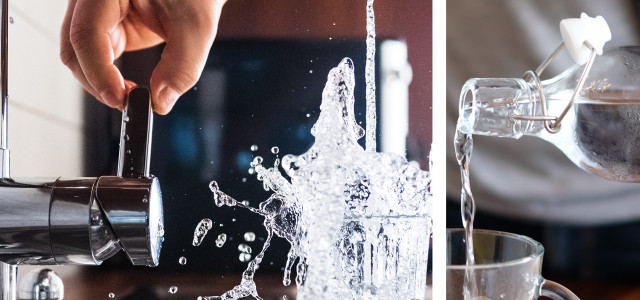Americans consume more bottled water than tap water — even though tap water is generally safe to drink. The current favorite in the tap water vs. bottled water fight is costing consumers and our environment. We’ll show you why it’s worth it to make the switch to tap water for good.
First of all, is tap water safe to drink? Yes, tap water is generally safe to drink within the United States. However, anybody skeptical of this statement isn’t so without good reason. Tap water has experienced quite a significant amount of bad press in the past decade.
The Flint water contamination crisis and other events such as the Elk River chemical spill in West Virginia have brought the question of whether tap water is safe to drink in the United States to the forefront of environmental policy debates. Whether your community is among the unfortunate few affected by contaminated water or not, bottled water is not an effective long-term solution to the problem.
In this article, we breaks down the most important facts feeding the tap water vs. bottled water debate and show you which is safe to drink. We’ll also show you how to check whether your local tap water is safe to drink and who to contact if you have any concerns.
Tap Water vs. Bottled Water: The Bottle Boom
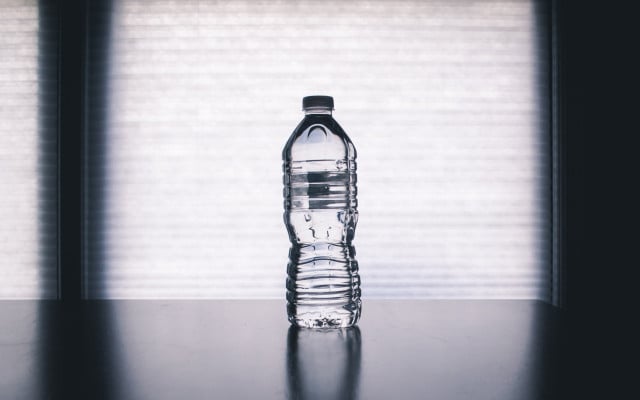
The introduction of PET bottles and a slew of aggressive marketing campaigns by major bottled water companies in the 1970s laid the foundation for today’s bottled water boom. Existing environmental concerns coupled with a rise in contamination violations throughout subsequent years meant that Americans’ distrust in previously “safe” tap water began to grow. Bottled water simply seemed the next best option for consumers — but less so for the environment.
As of 2017, only around a third of PET plastic bottles discarded were actually recycled, according to the EPA. Other estimates put this number closer to one fifth. Increases in plastic bottled beverage consumption and poor waste management sadly contribute to the growing worldwide problem of plastic in the ocean.
If bottled water poses such a threat to our environment, why do so many Americans insist on buying environmentally harmful and overpriced bottled water? In the tap water vs. bottled water debate, there are — perhaps unsurprisingly — valid points being made on either side.
Is Tap Water Safe to Drink?



It’s no secret: Water systems all across the country are in a dire state of disrepair. A 2017 report issued by the Natural Resources Defense Council (NRDC) stated that close to 77 million people — close to a quarter of the U.S. population — were served by water systems reporting violations of the Safe Drinking Water Act (SDWA) in 2015. 27 million of those (or 1 in 12 Americans) were affected by health-based violations, according to the above study.
Erik Olson, Health Program Director at NRDC and co-author of the report, warns:
“America is facing a nationwide drinking water crisis […] The problem is two-fold: there’s no cop on the beat enforcing our drinking water laws, and we’re living on borrowed time with our ancient, deteriorating water infrastructure.”
Most Americans receive their water from one of 150,000 public water systems. These serve 90% of the country and are regulated by the EPA. The remaining 10% receive their water from private wells which are not regulated by the EPA and are solely responsible for water quality and safety.
In short: There is, unfortunately, no blanket answer to the question of whether tap water is safe to drink in the United States. Cities often have more resources at their disposal to adequately test and monitor water quality on a sufficient basis. Rural areas may lack financial resources and technical expertise which could lead to compliance issues. Overall, quality violations tend to be infrequent but can nonetheless pose risks to human health.
Where is it Safe to Drink Tap Water?
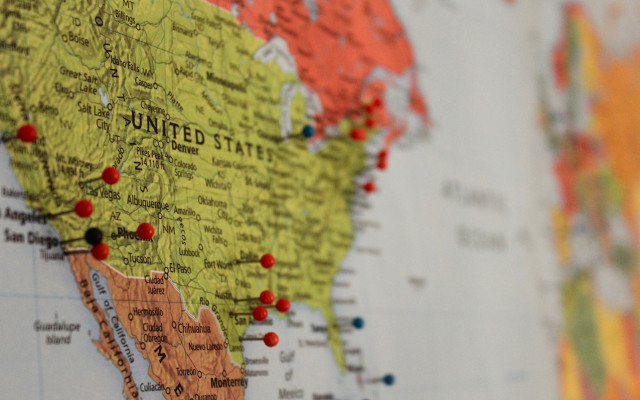


Tap water contamination issues are found in all 50 states and vary greatly depending on a number of factors.
In a 2018 research study published in the Proceedings of the National Academy of Sciences (PNAS) of the United States, researchers analyzed temporal and spatial trends in SDWA violations throughout the past 35 years.
- The research team found low-income rural and minor communities more at risk for SDWA compliance issues. The comprehensive NRDC report titled “Watered Down Justice” analyzes precisely these intersections between water safety noncompliance and socioeconomic factors such as race and class.
- Results from the PNAS research study cited above state that “repeat violations are prevalent in locations of intense spatial clustering of violations. Water systems in these locations are prone to recurring issues.” In other words: If tap water is not safe to drink in your area, odds are this isn’t the first time and your community will be fully aware of the problem. Nonetheless, instead of just letting bottled water win the old tap water vs. bottled water fight, it might still be worth looking into the matter yourself.
- SDWA violations also appear to occur with greater frequency in rural areas, according to the study. Particular violation “hot spots” citing an increase in violations can be found in Southwestern states such as Oklahoma and Texas.
How to Check If Your Tap Water is Safe to Drink
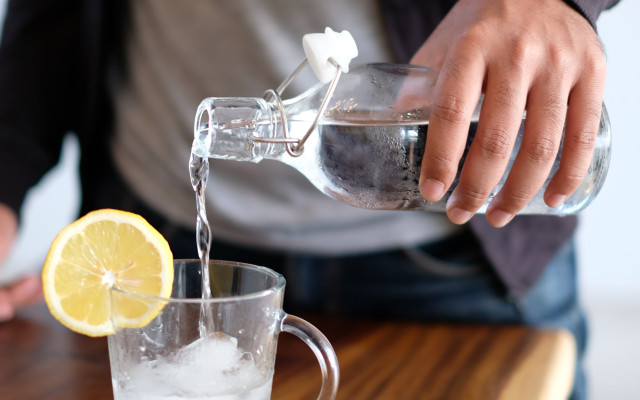


If you’re on municipal water, the first step to determining whether your tap water is safe to drink is to track down your local water authority’s annual water quality report– or Consumer Confidence Report (CCR). This is usually mailed to you and is also published online.
If you’re still unsure whether your tap water is safe to drink, you’re not alone. The non-profit organization Environmental Working Group (EWG) has compiled loads of data on the safety of local tap water in their zip code search tool. However, it’s worth considering that EWG guidelines are rather stricter compared to the EPA or WHO.
Tip: For more general information on drinking water and water testing and treatment, call the Safe Drinking Water Hotline (1-800-426-4791) operated under contract of the U.S. EPA. If you own a private well, you can contact WellCare (1-888-395-1033) or visit the EPA’s page on Private Drinking Water Wells for more information.
Why Tap Water?
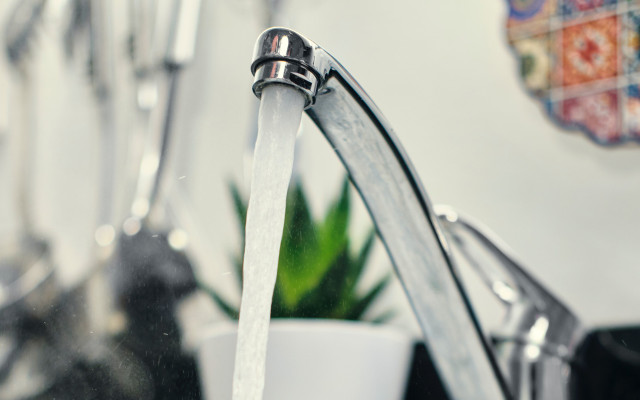


The tap water vs. bottled water debate is not new. Recent statistics place bottled water well ahead of the far more sustainable choice. But we can change that. Here are a couple of good reasons to stick to tap water:
- PET bottles – the most common container of bottled water – are made from environmentally harmful mineral oil.
- Tap water saves money. The price of bottled water can be up to 10,000 times the cost of tap water. Some estimates put the total savings of using a basic pitcher-style water filter for tap water vs. bottled water at around $2,800 annually.
- It takes three times as much water to produce a plastic bottle than it does to fill it.
- 40% of bottled water is sourced from municipal water sources – or tap water. Cut out the middleman and drink directly from the tap!
Tap Water vs. Bottled Water: Bottled Water is not Safer
The U.S. Environmental Protection Agency determines whether tap water is safe to drink while the U.S. Food and Drug Administration is responsible for the safety of bottled water sold within our country’s borders. Important to take into account here is that the federal government does not require bottled water to be safer than tap.
According to the National Resources Defense Council (NRDC), the opposite may even be true. In many large cities, tap water is made safe to drink through various treatment methods including disinfection, filtration of pathogens, and rigorous testing for viruses – bottled water isn’t.
In addition to this, the NRDC notes: “Both kinds of water are tested regularly for bacteria and most synthetic organic chemicals, but city tap is typically assessed much more frequently. For example, bottled-water plants must test for coliform bacteria just once a week; city tap needs to be tested 100 or more times a month.”
Utopia’s tip: Go Plastic-Free: How to use Less in 7 Easy Steps
Sticking to Tap Water: Tips and Tricks



The easiest way to stick to tap at home (while ensuring your tap water is safe to drink) is to invest in a pitcher-style filter. Review your local water report and you’ll know exactly which health risks your local water supply may pose. If you want to be extra careful, the NRDC recommends investing in a water filter certified by NSF International. These filter options filter out different contaminants.
The next step is avoiding bottled water completely. We often resort to overpriced bottled water out of convenience when we’re on the go or in a rush. Stay prepared and keep your refillable metal or glass water bottle with you at all times for a quick and easy refill on the fly.
by Evan Binford
** Links to retailers marked with ** or underlined orange are partially partner links: If you buy here, you actively support Utopia.org, because we will receive a small part of the sales proceeds. More info.Do you like this post?






